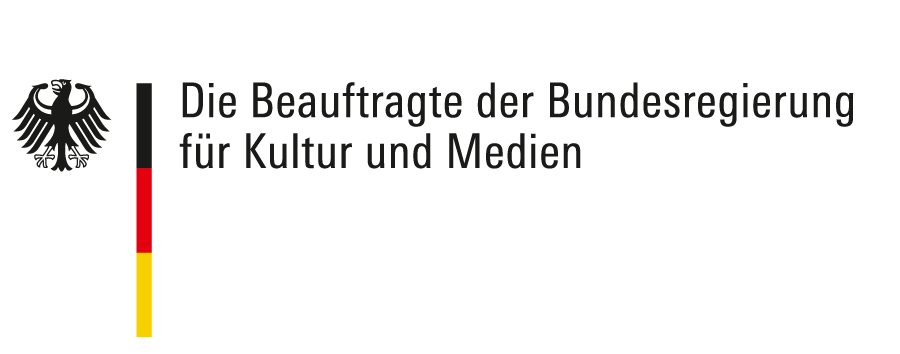From there, they were retrieved together with the small lampshade for a new museum to be created in Buchenwald by the Committee of Anti-Fascist Resistance Fighters, who had been commissioned to set it up.
The three pieces of tattooed human skin in "Desk 52" were presented to the public in the "Resistance Museum" exhibition that opened in August 1954 in the former inmates' canteen.
All three specimens were presented to visitors together with the lampshade and other objects in a display case in the "Camp Museum" exhibition, which opened in the former disinfection centre at the beginning of 1964.
The three specimens were also included in the permanent exhibition "Museum of the Anti-Fascist Resistance Struggle", which opened on 12 April 1985, in Chapter 5.14 "Medical Experiments. Pathology".
Like the lampshade, the three pieces of tattooed skin from the memorial's collection were also handed over to the Institute of Forensic Medicine at the Erfurt Medical Academy for authentication after the end of the GDR as part of a fundamental revision of the collection and exhibition holdings.
For the two specimens I (skin-like material with the tattoo "Male figure in upright posture with hat and cape") and II (skin-like material with the tattoo "Male figure in bent posture with hat and cape") it was determined "as a result of the serological examination and in agreement with the macroscopic findings", that "specimens I and II are clearly human skin tissue", in the lower part of which "a nipple can clearly be identified".
Specimen III (skin-like material with the tattoo "lighthouse"), which was also examined, was found to be "probably not human tissue, possibly an old split preparation of pig skin".
This statement is contrasted with two historical photos taken a few days after the liberation of Buchenwald concentration camp, in which exactly this piece of skin is presented as coming from the pathology department.
It is therefore quite certain that this piece of skin also comes from the pathology department of the Buchenwald concentration camp and is of human origin despite the expert's findings. The assumption that the latter object was probably not human tissue obviously resulted from the slightly different nature of this exhibit, which is almost certainly due to a different type of preparation or subsequent storage.
For the two specimens I (skin-like material with the tattoo "Male figure in upright posture with hat and cape") and II (skin-like material with the tattoo "Male figure in bent posture with hat and cape") it was determined "as a result of the serological examination and in agreement with the macroscopic findings", that "specimens I and II are clearly human skin tissue", in the lower part of which "a nipple can clearly be identified".
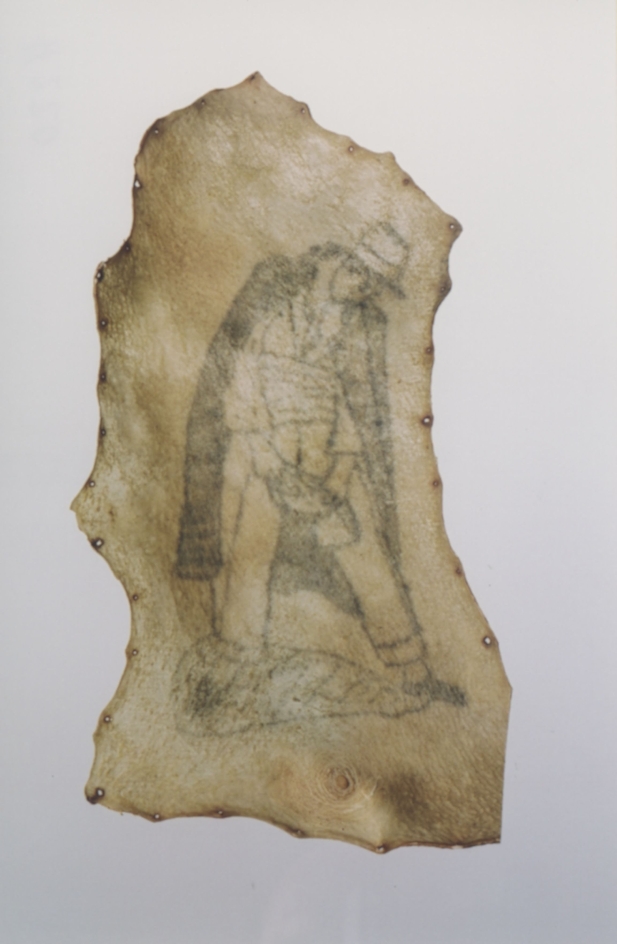
©Buchenwald Memorial
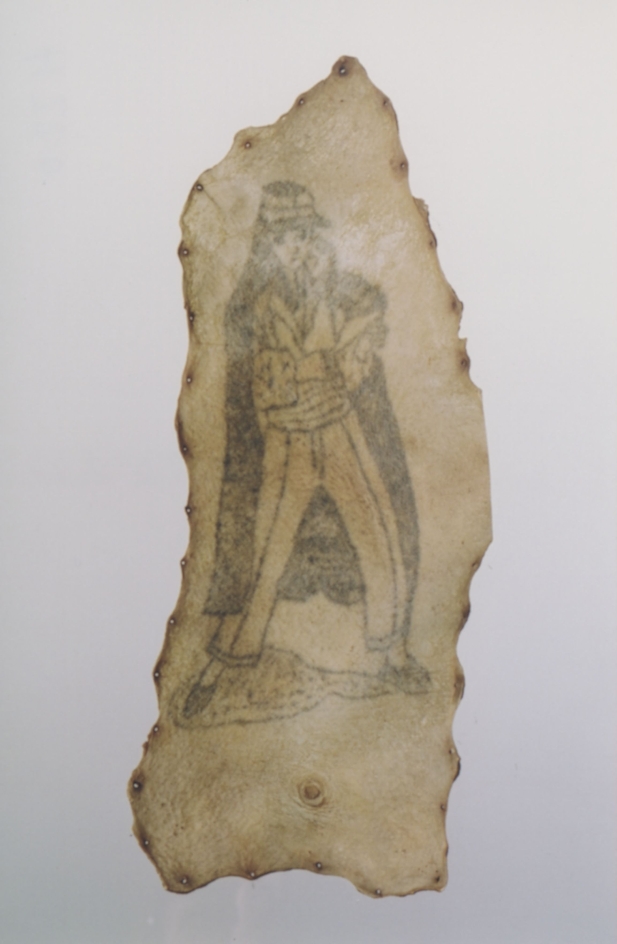
©Buchenwald Memorial
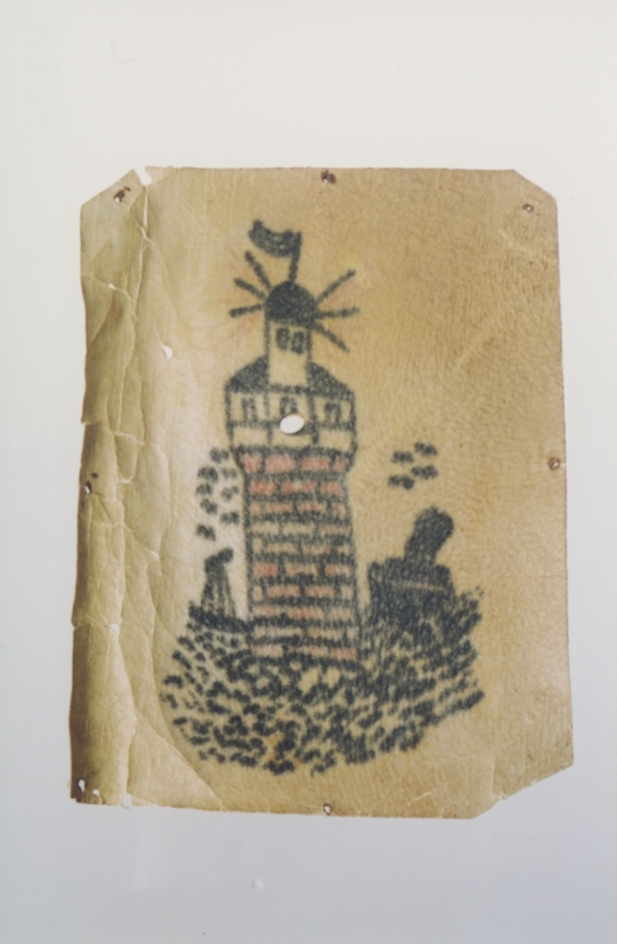
©Buchenwald Memorial
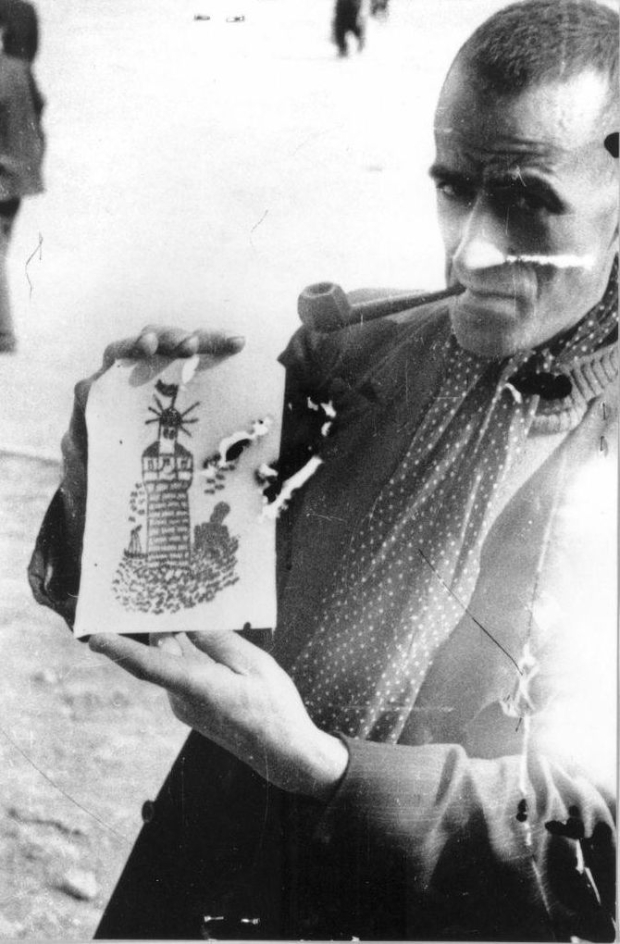
©Buchenwald Memorial
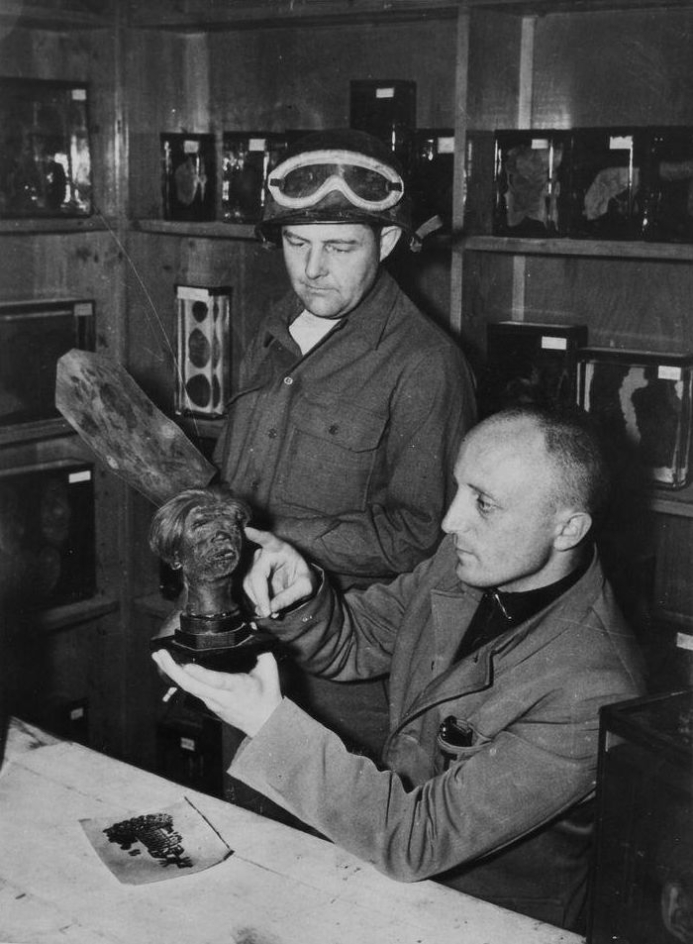
©National Archives Washington
